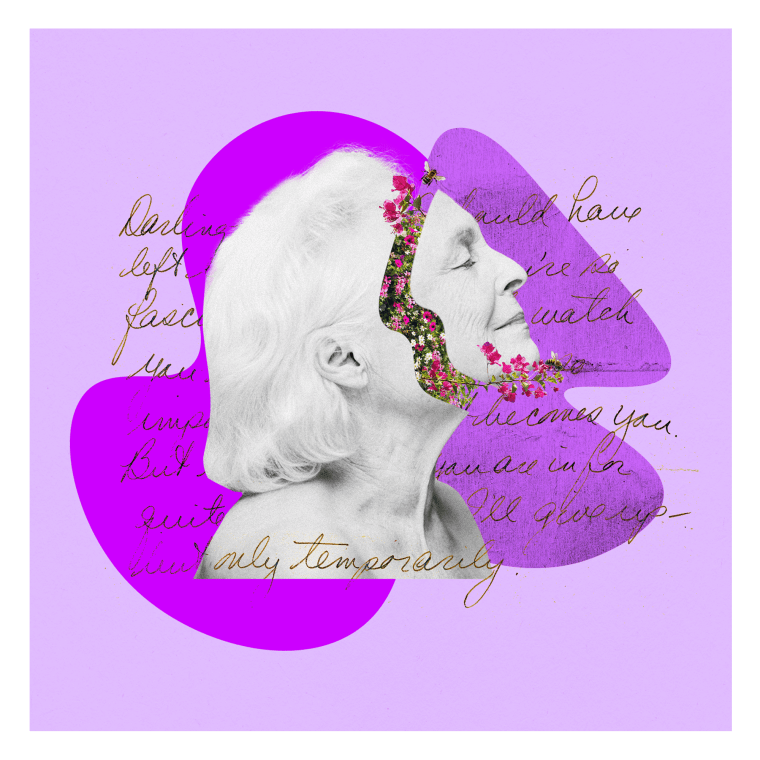In 1946, the U.S. was a country picking up its collective pieces after a decade-long depression, followed by World War II, one of the deadliest wars in modern history. With hundreds of thousands of their fellow countrymen lost, Americans yearned for happier days.
Marriages flourished and with them came an unprecedented number of babies. About 78.2 million to be exact, according to the U.S. Census Bureau.
Known as the “Baby Boomers,” the children born between 1946 and 1964 grew up amid rigid ‘50s conservatism — and the ensuing activism born as a result from it in the ‘60s — all set against the backdrop of a new perceived threat: communism.
However, it wasn’t just the “Reds” that faced persecution during the era, but anyone deemed “deviant,” including “homosexuals” as they were labeled in a 1950 government report, which ultimately laid the groundwork for Dwight Eisenhower’s Executive Order 10450.
The 1953 edict led to the firing and resignation of thousands of federal workers deemed “sexual perverts” in what’s since become known as “The Lavender Scare.”
But even without the guise of being national security threats, many in the LGBTQ community lived under constant fear of being “discovered,” leading to the loss of their jobs and disownment by family and friends causing many to live under false pretenses in fear of being maligned or worse, harassed, beaten or jailed.
The tide began to turn in the 1960s with the rise of activism and formation of advocacy groups like the Daughters of Bilitis and The Mattachine Society, which helped increase visibility and awareness of issues facing LGBTQ persons.
Even so, the taboo surrounding being “homosexual” was firmly entrenched in American culture leading to famous uprisings like Compton’s Cafeteria in 1966, the Black Cat Tavern Riots a year later. Both helped set the stage for the incendiary 1969 Stonewall Rebellion, a landmark moment when a New York police raid on a bar in Greenwich Village led to five days of protests and, in effect, beginning a new chapter in LGBTQ history.
Key figures in the Rebellion, like Marsha P. Johnson, Sylvia Rivera, Stormé DeLarverie, led the charge for change that would serve as inspiration for decades to come; an era of coming out, self-discovery, a fight for civil rights and acceptance of all.
However, those in the Baby Boomer generation remember all too well the risks that coming-out posed during a time when who you loved was still considered a crime. And while many of them celebrate the progress that’s been made in recent years, some worry that the sacrifices made to get here, including lives lost, may one day be forgotten.
From keeping their true selves “in the closet” for the safety and solvency of their families to finally finding joy in being able to walk down the street, hand-in-hand, with their spouse, these are their stories.
Randi Robertson: Coming out is an evolution
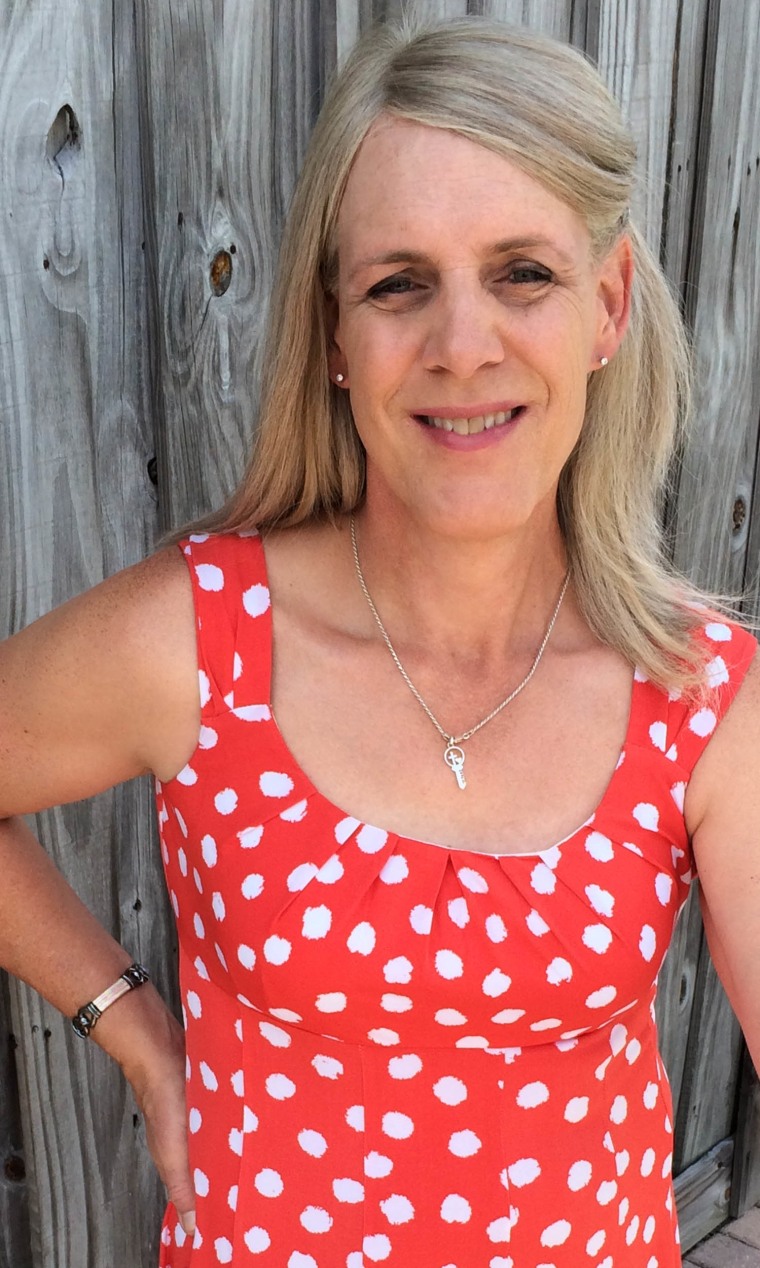
When Randi Robertson was younger, she believed that coming out was a “one and done” thing. However, 17 years after first coming out in her 40s, Robertson has learned that “coming out” isn't a single moment, it is an evolution.
“The reality I know and live is that it is never ending,” writes Robertson, 60, in an email to TODAY.com.
A former Air Force officer and pilot, Robertson says she was “held back” from transitioning earlier in life over fears that she’d be dismissed from the service, thus losing her healthcare and income, both essential to her family. When Robertson’s spouse discovered her “clothes and accessories” in 2006, she says she “came clean.”
“The first conversation lasted an entire day. We laughed and cried,” Robertson says. Afterward they agreed that she’d remain “deeply in the closet” to preserve their livelihood. It would be another five years before she came out to the rest of her family, then four more before she arrived at who she is today.
When we live with integrity within ourselves and outwardly, we are freed up to spend our time doing good and doing well in the world.
Randi Robertson
“In my life, if we are casual acquaintances, I am a cisgender, white woman, who is heterosexual. If we get to know each other a bit, you will likely shift to seeing me as a cisgender, white, lesbian,” she says.
“And if you come fully into my confidence, or I decide you need to, or ought to know,” she continues, “you will understand that I am a white transgender person, married to a cisgender, heterosexual woman and we have two children.”
For Robertson, coming-out has been nothing short of a journey. “I felt fear, joy, sadness, apprehension, satisfaction, just to name a few,” she says. “Coming out is filled with many emotions just as is marrying or separating or divorcing a partner, the arrival of a child, or the death of a loved one.”
However, experiencing those emotions has led Robertson to “being who I know myself to be,” she says.
“I am who I am, and that, as my partner says, ‘I am a better version of me today than I was before I transitioned.’ When we live with integrity within ourselves and outwardly, we are freed up to spend our time doing good and doing well in the world.”
Pat Martin: ‘Be who you are without shame’
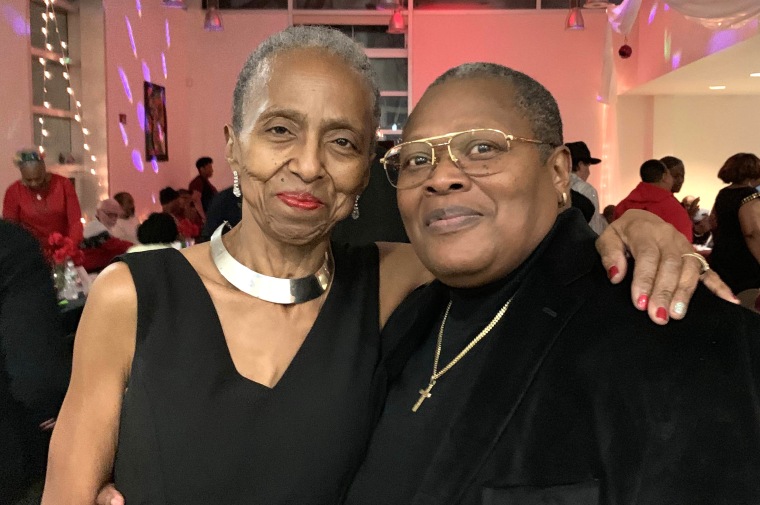
Coming out isn’t a privilege, it’s a human right, says Pat Martin, community activist and event planner.
“I do not feel like I need permission to be me, or to live and love as I feel,” the 71-year-old writes in an email to TODAY.com.
And how does she feel? “Free to openly show and speak the words out loud that I am a woman married to a woman. To be able to walk down the street holding my wife’s hand, to share our love and affection for the whole world to see,” Martin says.
But getting there hasn’t necessarily been easy for the 71-year-old, who says at a young age she was confused by her attraction to women after being told she was supposed to be with men.
By the time she was a teen, however, Martin revealed to her friends that instead of boys, she preferred “being with girls,” and a few years later, in 1969, she came out to her family. While she says her mother was “most resistant,” there were other family members who supported her and “loved me unconditionally.”
I do not feel like I need permission to be me, or to live and love as I feel.
Pat Martin
Above all else, it was liberating.
“It was as if a closed door had opened and when I walked through it there was a whole new world with people in it, who looked like me and embraced me as myself without judgment.”
Even so, there were those who judged, Martin says, and that “weren’t respectful of who I was and my choice of partner,” which made her “angry” in her younger days. But, for the most part, she’s since put it to rest saying now that she’s older, she cares less because the ability to “live and love” as her authentic self is her “God-given right.”
A right that hasn’t come without its share of sacrifice, she notes. “I hope people learn that the struggle was real, and the battle was hard-fought for the LGBTQ+ community to live as our authentic selves,” she says.
What advice does Martin offer to those on their own road to self-discovery?
“Be who you are without shame and allow no one to place you in a box of their choice,” she says. “Surround yourself with people who allow you to be you. Those who accept you as you are; to live the life that makes you feel complete and worthy.”
Paulette Martin: ‘Let’s not assume … we need to ask the question first’
When Paulette Martin came out in 1990, she says her family members had “various reactions,” ranging from disbelief to assuming that her ex-husband must have treated her poorly.
“It had to be a reason other than this is who I am finally being able to be, (to) live the life God had planned for me,” Martin tells TODAY.com in an email.
There was also denial. “The most resistance (came from) a few family members and friends who thought I would grow out of it,” Martin writes.
However, Martin says it's been a blessing to know that over time those same people have been able to watch her “grow in [her]self and be happy for the first time,” regardless of what they may have initially thought about her.
Despite encountering adversity, she’s also received support, including that of her coworkers at a domestic agency she had worked at, saying that they surrounded her with both “love and kindness.”
In the three decades since first coming out, Martin says she rejoices at the progress that’s been made which has led to the “freedom that is being celebrated today.” But, even with those advancements, she says she’s still concerned that the sacrifices made to achieve that freedom aren’t valued in a meaningful way.
“It appears that being “out” and not knowing and/or understanding that people have died in the past so they can have the freedom to be themselves is not taught and/or understood,” she notes.
Do not settle for a life of regrets and compromises.
Paulette Martin
To the 71-year-old entrepreneur and business coach, coming out means that she’s able to be herself with others and “to live in this world walking with faith and belief in myself.”
And who is she? “I present as a feminine lesbian,” which she says sometimes leads people to jump to conclusions. “What does happen, because of that, (is) the average person assumes I’m am heterosexual and will hold conversations with me such as ‘How’s your husband?’”
“Let’s not assume. We need to ask the question first.”
To those on their own journey of self-discovery, Martin offers advice.
“Be yourself … surround yourself with people who support you — even if you have to remove yourself from your family and friends. Ask for what you need from sources such as, your doctor, school, workplace. Do not settle for a life of regrets and compromises.”
Craig Washington: ‘I am what I am’
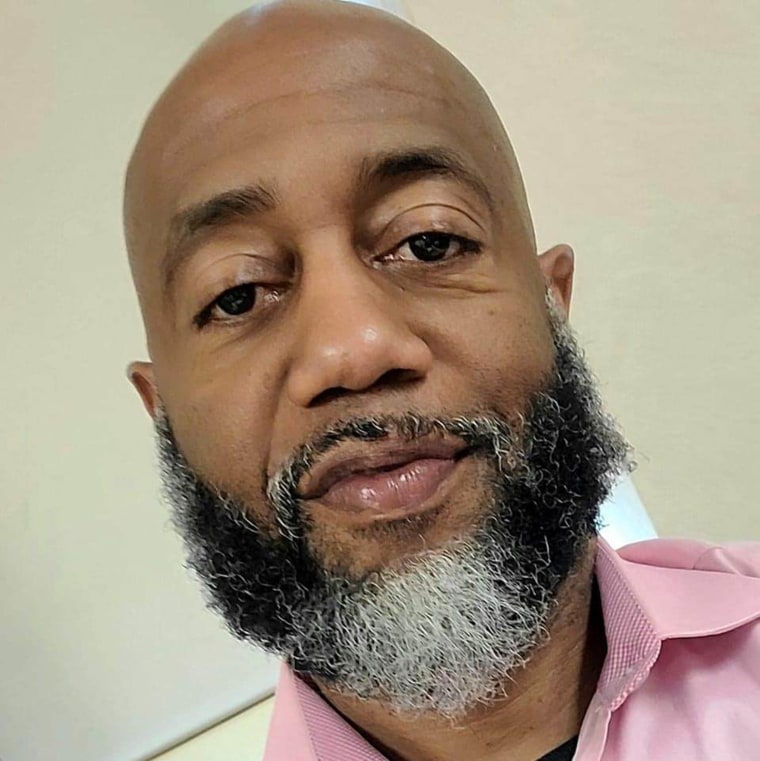
It was 1979 when Craig Washington, at the age of 19, took his first step towards self-discovery.
“Coming out was first and foremost acknowledging to myself,” Washington, now 63, tells TODAY.com. “I remember being 19 years old and looking in the mirror and saying ‘I’m gay’ for the first time.”
“And so that is for many, it’s often like a rite of passage, whether they’re 13 or 33 or 70,” he says. “Just that statement of fact: I am what I am.”
He remembers telling his parents the following year. He says they already had an inkling and his mother gave him an opportunity to share this part of his identity six months before he did.
“She said to me, ‘I noticed that you’ve been really moody and something’s going on and I just want you to know that you need the kind of love that your family can’t give you. And should you get that love, I will love them.’”
“She used a neutral pronoun,” he notes. “She didn’t say, ‘I will love her’ (but) I will love them, as they love you. So that was her way of saying I’m ready whenever you are ready.”
Six months later, when Washington was ready to fully open up to his mother about his sexuality, he felt at ease.
“And she said, ‘I already knew and I’m just concerned about how people will treat you,’” he recalls. “That was her first response: ‘I love you. My concern is not that you’re gay. My concern is I know what they’ll do.”
His father, on the other hand, took more time to come around. A month after telling his mother, Washington says his father confronted him about it and called him a homophobic slur. In time, though, his father progressed to the point of looking for him at Pride parades broadcasted on television and complimenting him on the pictures that he had in his living room of him and his partner.
“I think that he realized that his love for me trumped his discomfort with my sexuality,” Washington says. “He eventually came to realize that I’m still Craig.”
I love going out to dance. The act of going out to dance has gravitas. ... It keeps me in a place of gratitude and that consciousness of gratitude helps me when things get hard, when I can be very critical of myself.
Craig Washington
As an older gay man, Washington is one of the eldest in his community at age 63, in part due to the AIDS epidemic, which disproportionately affected the LGBTQ community and caused a high rate of deaths among gay male Baby Boomers. Washington has lived with HIV since he was 25 and says representing his generation brings him both great grief and great joy.
“There will always be that sorrow; there will always be that grief for me in terms of the loss of people that I know personally, friends, as well as people that I didn’t know personally, but were inspirational to me,” Washington says.
“(It) makes me that much more grateful to be an elder at this age,” he beams. “It definitely helps me appreciate life more.”
“I love going out to dance,” he says. “The act of going out to dance has gravitas. I think about that. It keeps me in a place of gratitude and that consciousness of gratitude helps me when things get hard, when I can be very critical of myself. It keeps me in touch with all I have.”
The Old Gays: ‘A process of self-discovery’
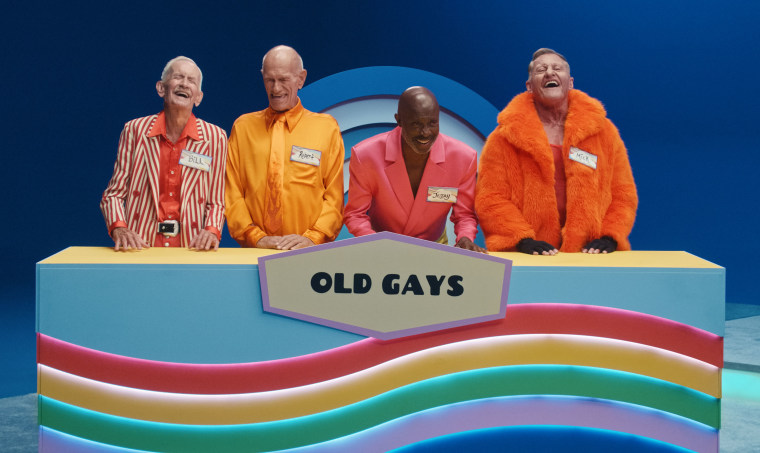
Baby Boomers Robert Reeves, Jessay Martin, Mick Peterson and Bill Lyons may all be from the same generation, but they tell TODAY.com, as part of No Straight Answers presented by Visible, that it doesn’t mean they all have the same coming-out story.
Martin, who came out to his friend in 1984, tells TODAY.com that he was rushed to do so after a woman threatened to out him in front of everyone.
“I was on the road with a gospel singing group and I was staying with a family at the time,” he recalls. “I was also dating someone. But this lady went through my mail that was in my private drawer and tried to out me with it, so I told a friend in the group that I was gay, and he goes, ‘So, why didn’t you come out to me?’ And I said, ‘I didn’t come out to you because you’re my friend and I love you, and I never want to ruin our relationship.”
Martin says it was comforting to have someone to open up to at that sensitive moment in his life.
“That was nice to just have somebody because ‘till this day, he’s still one of my dearest friends,” he says.
I met a psychologist ... and we talked about homosexuality, but we also talked about what it meant to be gay and what it meant to be open. During our conversation, I came out to him, and I give him the credit that summer for bringing me out into the gay world.
Mick Peterson
Peterson, who came out to a psychologist in 1977, recalled what it was like to be a gay man back then. He remembers how Christian crusader and singer Anita Bryant lead an anti-LGBTQ campaign in Florida that he remembers was being talked about all the way in Minneapolis.
At the time, Peterson was working in the Minneapolis government as an intern. He said it was there that he learned that an LGBTQ event was taking place in St. Paul.
“I just wanted to see what it was about,” he says. “And at that event, I met a psychologist, who I subsequently had my own appointment with, and we talked about homosexuality, but we also talked about what it meant to be gay and what it meant to be open. During our conversation, I came out to him, and I give him the credit that summer for bringing me out into the gay world.”
Peterson says after that he “started going to bars and ... had very wild hookups. ...And it was just a very nice time.”
For Lyons, he says the first person he came out to was himself.
“My definition of coming-out is when I first had an experience with a man and when that happened, there wasn’t even the word gay in 1961. It didn’t even exist. People were referring to gay men as homosexuals,” he says.
Lyons notes that it was a “hard” time for him because he couldn’t open up about his sexuality to his friends. When he was a junior in high school, he said he feared “fooling around” with his classmates because he was scared of getting caught.
That prompted him to get his driver’s license so he could check out the LGTBQ scene in Laguna Beach, California.
“I plunked myself down there and was picked up and went and had sex with a man,” he recalls. “And the rest was history. I felt horrible right after I’d had sex with a guy because this is something that I was told all my life that I wasn’t supposed to do. But gradually I got over it and my hormones took over so I could get a piece of tail.”
As for Reeves, he recognized he was “different” when he was a child, but didn’t come to a full realization until years later. He said “there was absolutely no one that a person that time could talk to” about that life during the 1950s.
“So, it was totally a process of self discovery,” he says. “Initially, I satisfied my curiosity by looking at pictures of nearly naked men in Sears underwear, catalogs and National Geographic magazines.”
“By the time I reached the 7th grade, my curiosity had reached the point where I had my first physical encounter with a classmate, and it seemed to be normal and very exciting to me,” he continues. “But it wasn’t any breakthrough. It was just another small step towards me eventually fully accepting myself when I was in college.”
TODAY.com is exploring what coming out means and how it's changed from the perspective of members of the LGBTQ+ community across generations. In addition to the Baby Boomers, read what Gen X, Millennials and Gen Z have to say.
